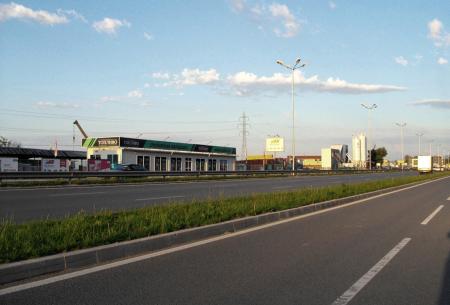
Resource description:
Guidelines (including a toolkit) for estimating the funds needed for the development of primary and secondary infrastructure in sub-urban areas.
Author/Contact:
TURAS
Expert contact: Aleksandar Slaev
Advantages:
- In order to achieve sustainable and resilient development, it is essential that the burden of the costs of suburban infrastructural networks are borne by its direct consumers through the application of the principle "the user pays". The assessment of the
- This tool focuses on: economic sustainability , social sustainability, ecological sustainability, institutional sustainability.
- Main outcomes: physical improvements, economic benefit, knowledge/data.
Constraints:
- The provision of infrastructure in suburban areas is a major factor for suburban development. On the one hand, the lack of infrastructure is an obstacle to urban growth, if a city needs new areas for urbanization, but on the other hand, the availability o
- Expanded road networks facilitate the development of private transport and thus, funding raised by local taxes is used to provide favourable conditions for suburban housing, and hence, encourage residents to settle down in suburban areas. However, suburba
Uses of this resource:
Without a proper assessment of the resources needed for a certain activity, local authorities may not elaborate the necessary urban policies and this is particularly important in terms of infrastructure development in suburban areas. In this regard, the preparation of a toolkit and guidelines for the assessment of suburban infrastructure can assist the evaluation of the required public spending. Furthermore, the estimation of its value has a crucial relevance in the preparation of policies, because authorities have to balance between urbanization trends and the goals of sustainable development, ecological standards, and measures to preserve natural amenities and rural land.
Additional information:
WHO SHOULD BE INVOLVED?
FACILITATORY (PUBLIC) BODIES:
planning and development department; green spaces department; traffic department; socio-economic department; land use department; asset management department; environmental and sustainability department; policy development department
LOCAL TASK FORCE:
local or regional authority; professional expert
SUITABLE FOR:
urban region; urban-rural interface
MAIN NECESSARY RESOURCES ARE:
monetary investments; expert knowledge; public institutional set-up; legal legitimization
Licence:
- Free, no licence
Development stage:
- Full, working product